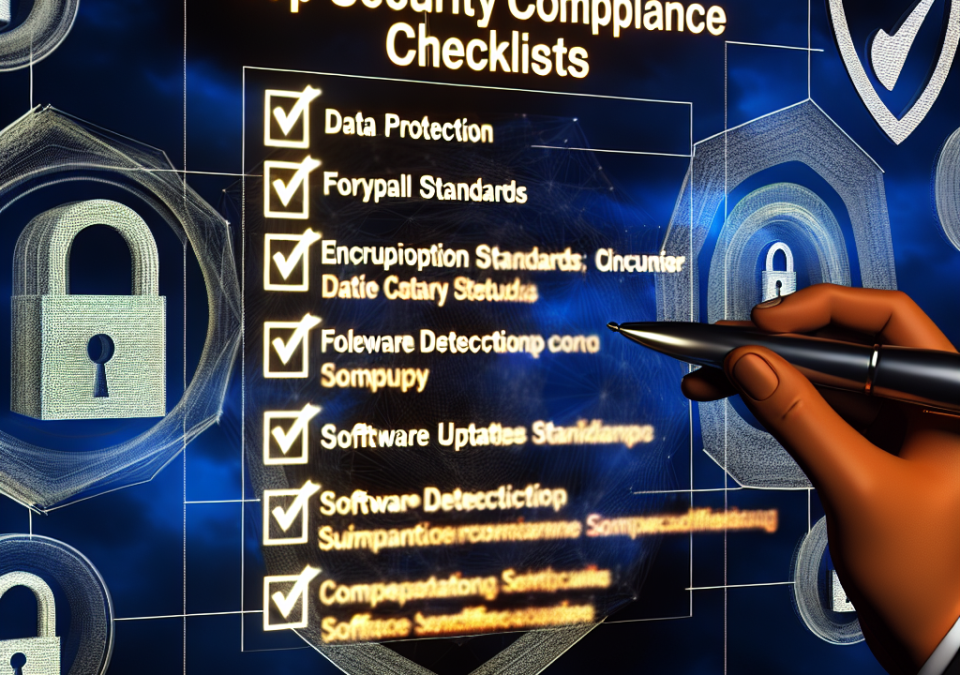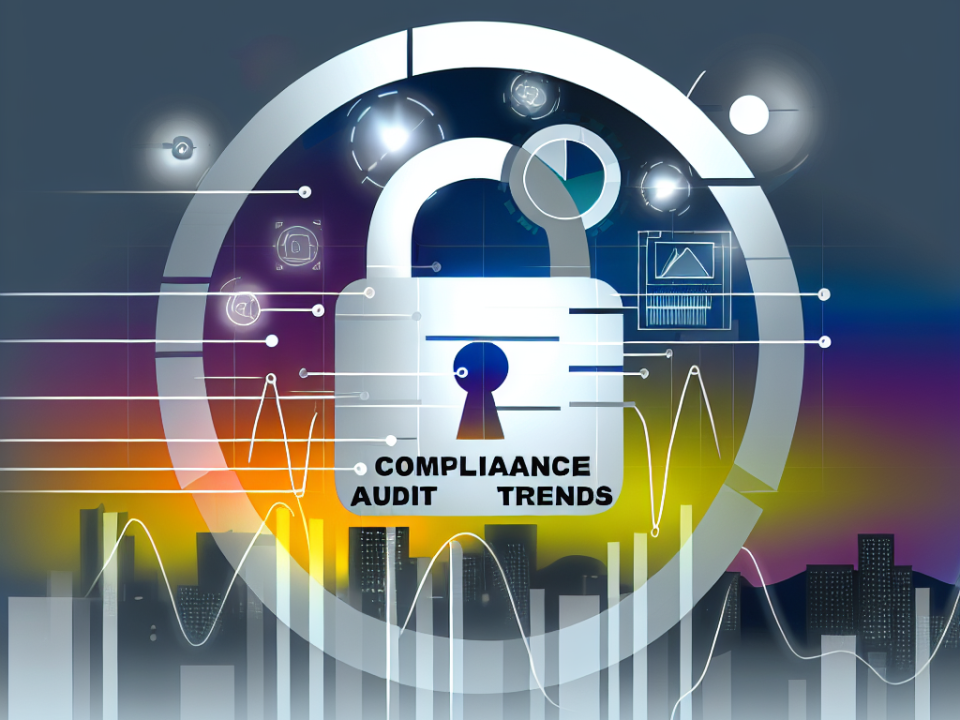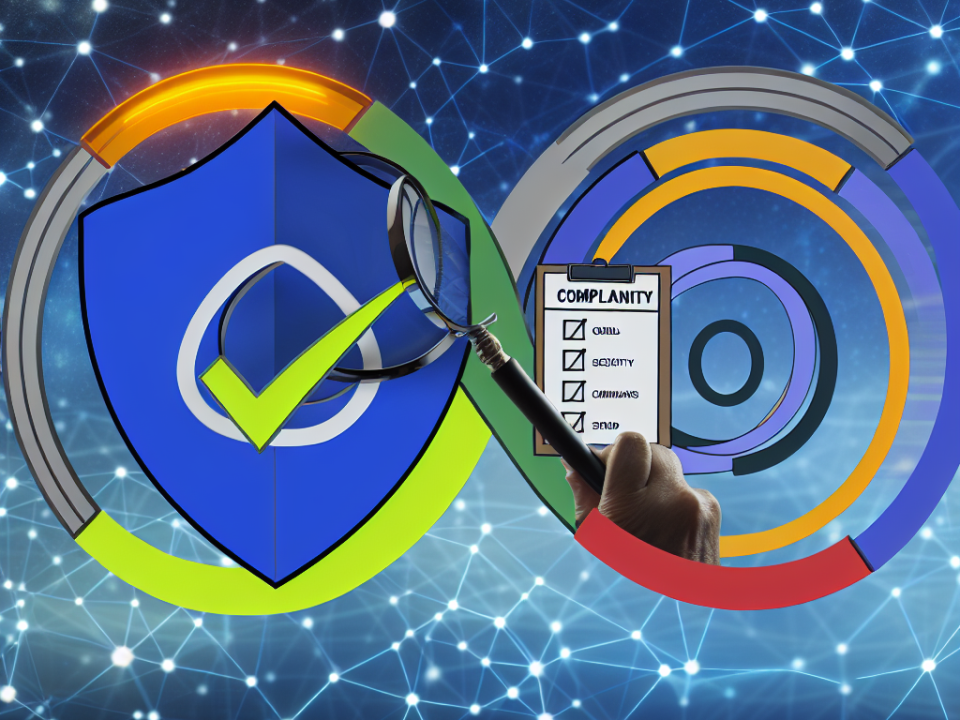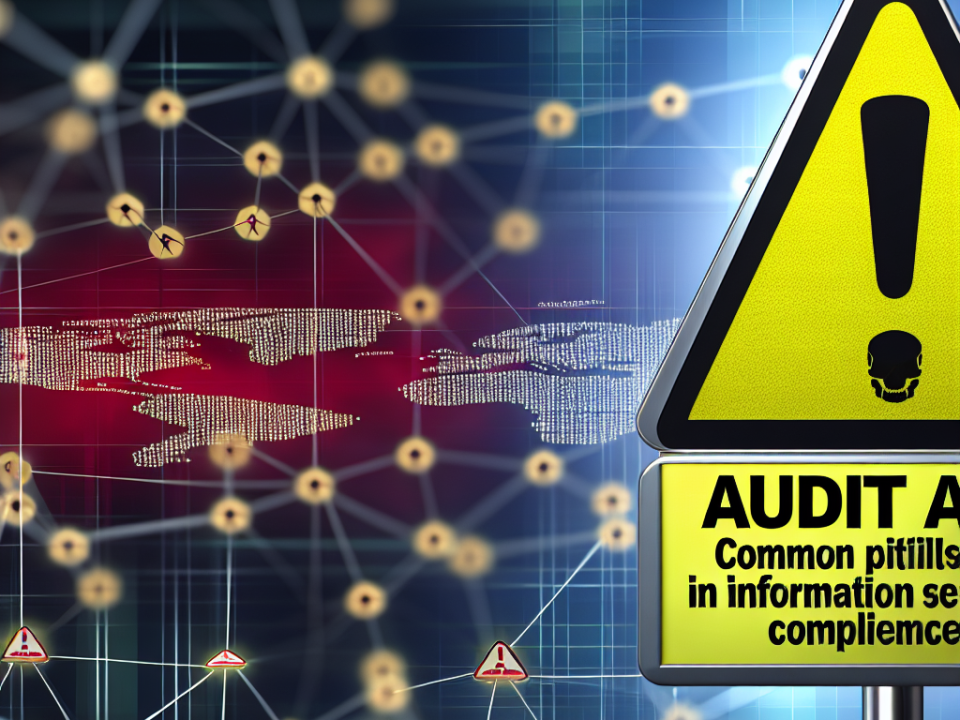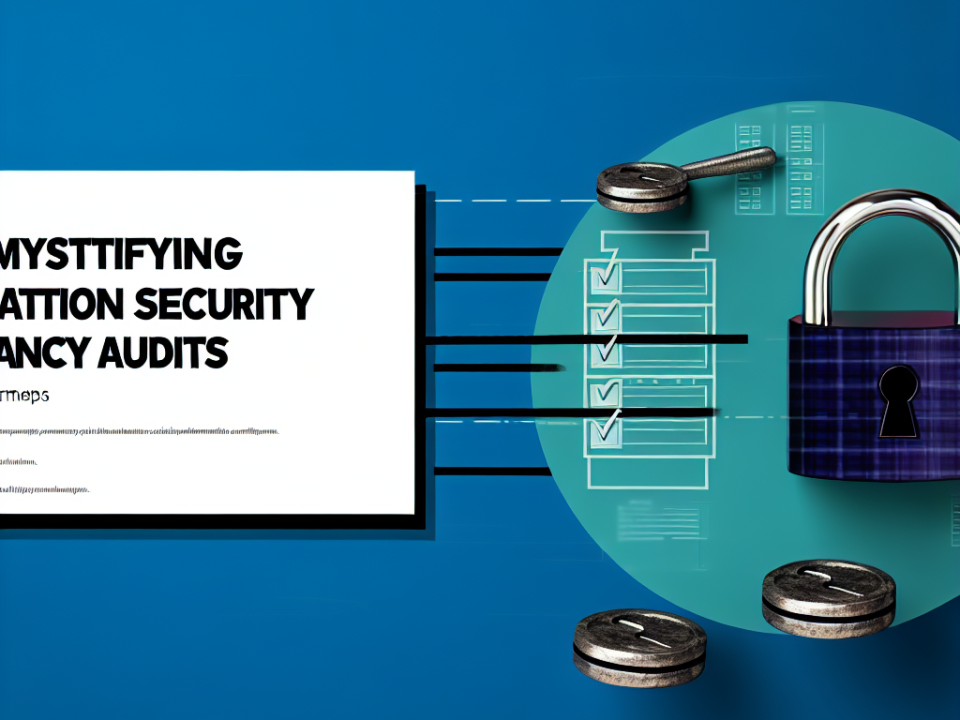
Beyond Compliance: Building Resilience in Cloud Security Frameworks
July 6, 2025
Securing the Cloud: An In-Depth Look at Technologies and Trends
July 7, 2025
In today’s digital landscape, where cyber threats are becoming more sophisticated and prevalent, ensuring security compliance is crucial for businesses of all sizes. Compliance isn’t merely a checkbox exercise; it’s a fundamental part of building trust with customers and stakeholders. This article examines essential security compliance checklists every business should be aware of to maintain robust cybersecurity postures.
Understanding Security Compliance
Security compliance refers to the adherence to protocols and guidelines that protect sensitive data from unauthorized access, breaches, or loss. Various standards and regulations exist across industries, such as GDPR, HIPAA, PCI-DSS, and ISO 27001, each designed to guide organizations in safeguarding their data and processes.
Why Have a Security Compliance Checklist?
- Risk Mitigation: Compliance checklists identify potential vulnerabilities, enabling proactive measures.
- Legal Protections: Adhering to regulations helps avoid legal penalties and fines.
- Customer Trust: Demonstrating compliance builds confidence among clients and partners.
- Improved Processes: Regular audits through checklists can enhance operational efficiency.
Essential Security Compliance Checklists
1. General Security Compliance Checklist
- Data Classification: Identify and classify sensitive data appropriately.
- Access Controls: Implement role-based access controls (RBAC) for data access.
- Encryption: Ensure data encryption both at rest and in transit.
- Incident Response Plan: Develop an incident response strategy and regularly test it.
2. GDPR Compliance Checklist (for EU-based businesses)
- Data Processing Records: Maintain records of processing activities.
- Consent Management: Ensure explicit consent is obtained for data collection.
- Rights to Access: Provide mechanisms for users to access their data.
- Data Breach Notification: Notify authorities within 72 hours of a data breach.
3. HIPAA Compliance Checklist (for healthcare organizations)
- Risk Analysis: Conduct thorough risk analyses regularly.
- Employee Training: Provide ongoing training on data privacy and security.
- Business Associate Agreements: Ensure contracts with third-parties comply with HIPAA rules.
- Privacy Rule Compliance: Implement protocols to safeguard patient information.
4. PCI-DSS Compliance Checklist (for payment card transactions)
- Network Security Controls: Install firewalls and secure public-facing servers.
- Cardholder Data Protection: Encrypt stored cardholder data.
- Access Restriction: Limit access to cardholder data on a need-to-know basis.
- Regular Testing: Perform vulnerability scans and penetration testing.
5. ISO 27001 Compliance Checklist
- Information Security Policy: Develop and implement an ISMS (Information Security Management System).
- Risk Assessment: Conduct risk assessments based on ISO standards.
- Employee Awareness: Train employees on information security policies and procedures.
- Monitoring and Review: Regularly review and monitor the ISMS for compliance.
6. CMMC Compliance Checklist (for Defense Contractors)
- Access Control: Implement multi-factor authentication for access to sensitive information.
- Incident Reporting: Establish clear reporting processes for security incidents.
- Configuration Management: Maintain baseline security configuration for IT systems.
- Continuous Monitoring: Regularly monitor security controls and network traffic.
Best Practices for Compliance Management
- Regular Audits: Conduct frequent compliance audits to identify gaps and areas of improvement.
- Automate Processes: Utilize compliance management software to streamline documentation and monitoring.
- Stay Updated: Keep abreast of changes in regulations and standards to ensure continuous compliance.
- Engage a Security Expert: Consider hiring a compliance consultant to offer specialized insights and support.
Conclusion
Security compliance is not merely a legal obligation; it’s a vital aspect of any business strategy. By following thorough compliance checklists, organizations can manage risks effectively, uphold industry standards, and ultimately foster a culture of safety and accountability. In an era where trust hinges on security, investing time and resources into compliance can yield significant returns, safeguarding both the organization and its stakeholders.

